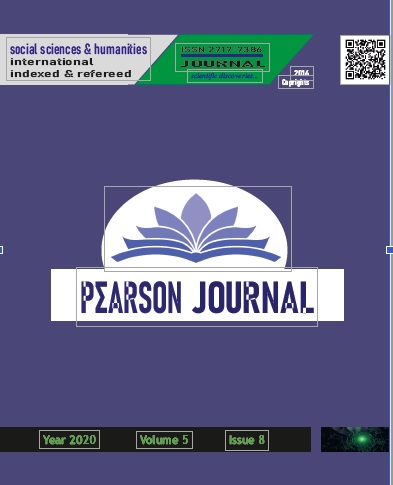VERB CONSTRUCTIONS IN THE SPEECHES OF TURKISH CHILDREN: A CROSS-SECTIONAL STUDY
DOI:
https://doi.org/10.46872/pj.168Keywords:
Linguistics, verb constructions, verb types, verb island hypothesis, verb island constructionsAbstract
In light of the previous research on verb acquisition of children, this study aims to follow Tomasello’s (1992) age ranges and find out the differences between the quantities of verb constructions used by monolingual Turkish children who are 24, 30 and 36 months old. The study also aimed to recognize the most frequently used verb construction types used by these monolingual Turkish children. Within a cross-sectional design of the study, free speeches of 24, 30, and 36-month-old 6 Turkish girls (2 girls in each age range) were recorded while they were playing at a nursery school, and each took nearly. Transcription of the interviews that took 40 minutes for each participant was made, and the results were analyzed according to the structures and types of verbs. The results provided that although the participants use more verb constructions in their speeches as they grow up, the ratio of the verbs uttered by these children decrease in percentage. In addition, the study illustrated that as the children grow up, they begin to use various and more verb construction types. While the participants at the age of 24 months generally use witnessed past and present continuous tense verb constructions, the participants at the age of 30 months mostly used simple present and witnessed past tense, and the participants at the age of 36 months most frequently use witnessed and nonwitnessed past tense in their speeches.




